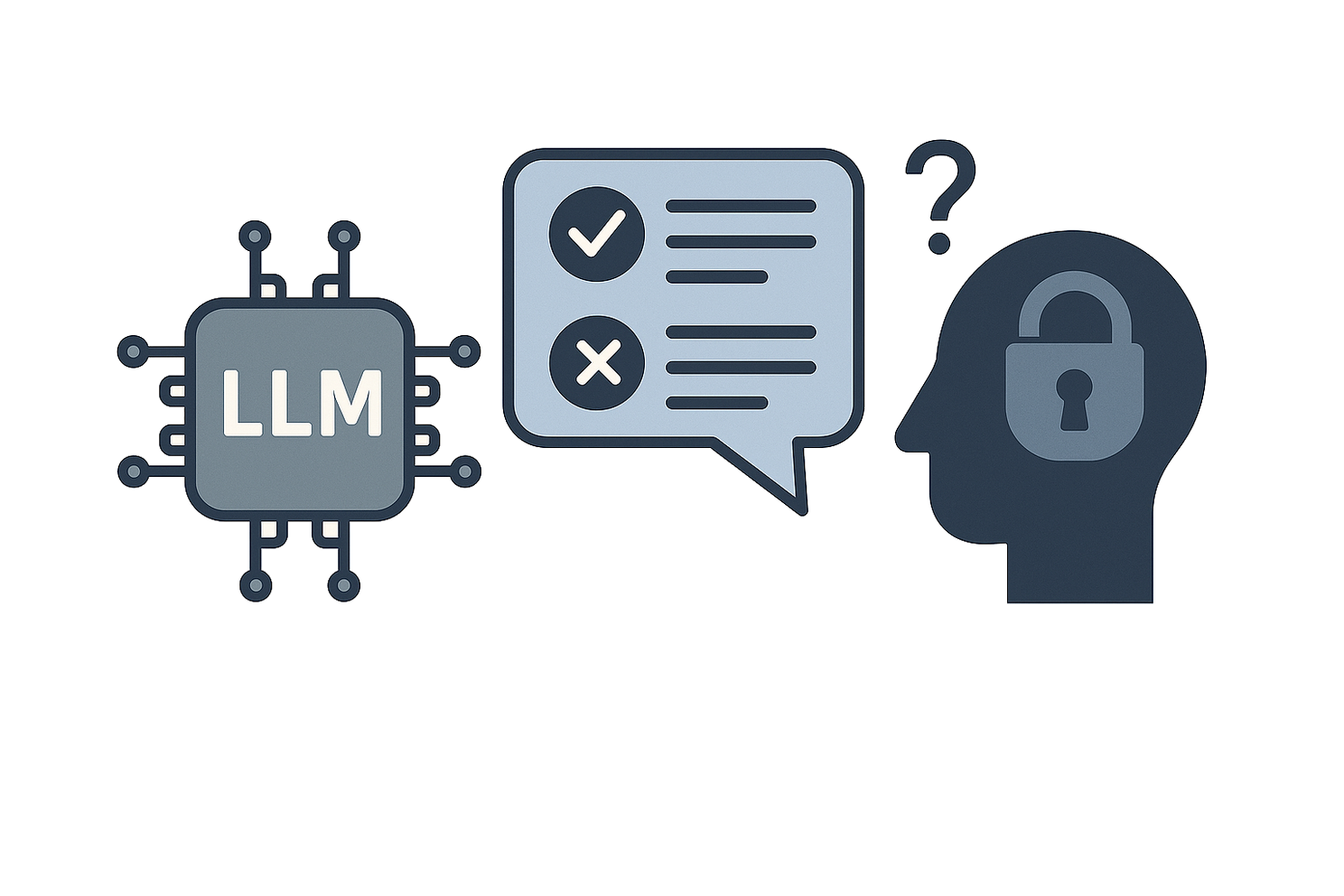Building trust in AI systems through deterministic behaviour
When people talk about the risks of large language models (LLMs), the discussion often focus on hallucinations: cases where a model confidently invents facts that are not true. Much effort is being put into reducing these errors, especially in sensitive domains like medicine, law, or finance. Yet there is another, less visible issue that is just as critical: the lack of determinism in how LLMs generate answers.
The Problem with Non-Deterministic Behavior
Determinism means that a system will always give the same answer to the same question. For legal applications, this is essential. Imagine an LLM helping to draft a contract or summarize a court decision. If the same input sometimes leads to one interpretation and sometimes to another, trust in the system will deteriorate. Even when none of the answers are technically wrong, inconsistency can undermine transparency in legal processes.
The Technical Roots of Non-Determinism
The roots of this problem lie in how LLMs generate text. With greedy decoding, the model always chooses the most likely next word, producing consistent results but often at the expense of creativity. With sampling, the model allows for variation by occasionally picking less likely words, which can make responses richer but also unpredictable. This randomness, known as non-determinism, may be acceptable in casual uses like creative writing, but in law it can mean the difference between two conflicting interpretations of the same clause.
Research shows that simply increasing the size of a model or adjusting its inference parameters does not automatically reduce variability to become completely deterministic. In practice, architectural choices, alignment methods, and decoding strategies play a far greater role in making systems dependable.
Our Solution: Designing for Consistency
At Laiyertech, in building an application for the juridical market, we have taken this challenge seriously. Our system relies on multiple agents working in both parallel and sequential steps to refine answers and check outcomes. Context is narrowed and prompts are refined, which has made hallucinations virtually disappear. By explicitly accounting for the non-deterministic nature of LLMs, the system ensures that outputs are not only accurate but also as consistent and reproducible as possible. To safeguard this reliability, we use intensive testing regimes, including A/B testing and large-scale validation sets, to continuously monitor and adjust model behaviour. This way, we catch even subtle shifts in performance before they can affect users.
Taken together, addressing hallucinations alone is not enough. Applications that operate in juridical or other sensitive domains must also design around the model’s non-deterministic nature. Whether through multi-agent architectures, deterministic decoding, or monitoring frameworks, the goal is the same: ensuring that an AI assistant does not just sound right but is also consistent, predictable, and reliable when it matters most.


Leave a Reply
You must be logged in to post a comment.